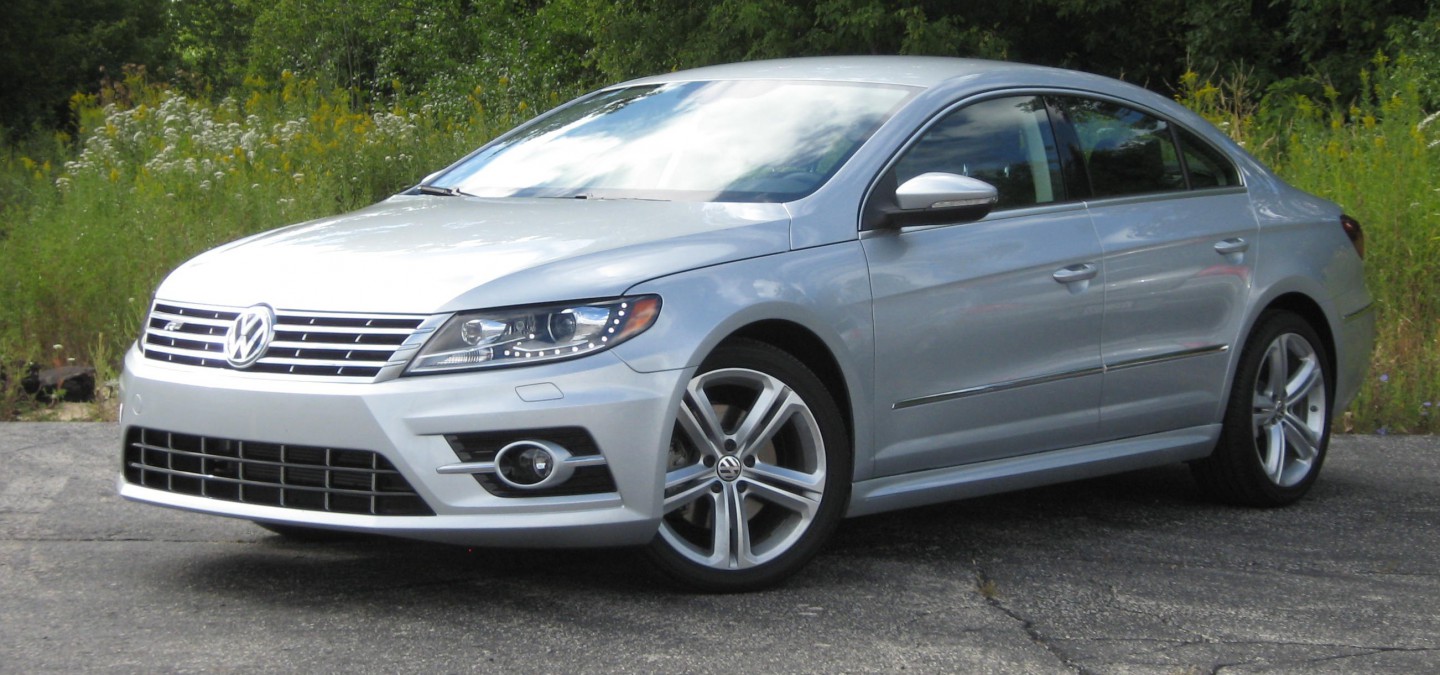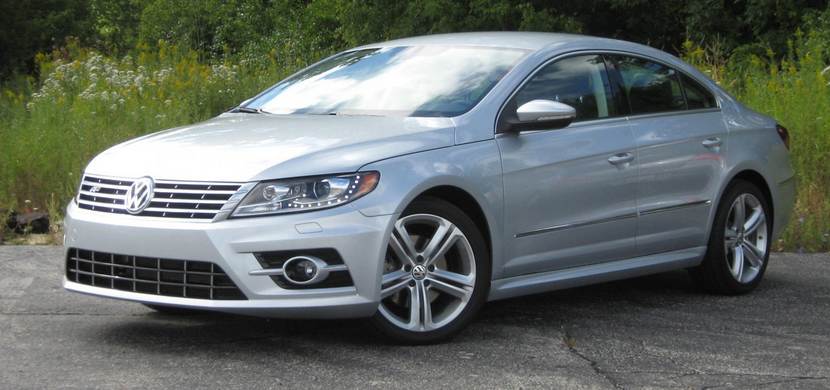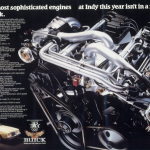
2013 Volkswagen CC R-Line
Miles driven: 106
Real-world fuel economy: 22.0
Driving mix: 80 percent city, 20 percent highway
Base price: $33,260 (not including $865 destination fee)
Price as Tested: $34,125
Quick Hits
The great: Comfortable, attractive interior
The good: Sporty handling
The not so good: Low roof line seriously compromises entering and exiting
First and Latest: 1976 Honda Accord vs. 2013 Honda Accord
John Biel
The Volkswagen CC doesn’t exactly look like the official pace car of the rock ’n’ roll lifestyle, but it will attract its fair share of “headbangers.” Why? Because that’s what happens—BONK!—if you’re not careful about ducking under this premium midsize VW’s stylishly low roof.
Hello, Cleveland! How ya feelin’ tonight?
As Volkswagen’s entry in the curious “4-door coupe” niche, the CC has the requisite low, sloping roof that calls for some agility upon entry or exit, even from not-so-tall passengers. With that nod to style come small side windows and, particularly in the CC’s case, thick roof pillars that hamper visibility. Plus, headroom is tight, especially for rear-seat passengers.
That said, those who successfully negotiate the roofline will find themselves in a comfortable and inviting environment. Leg room is good front and back. The dash top and upper door panels are padded soft-touch surfaces. Hard plastic on other interior surfaces has a satin look and feel, which is somewhat nicer than shiny slick stuff. Generous applications of brushed metal perk up the instrument panel and console. Seats, covered in leatherette in the R-Line model that was the subject of this test, are supportive and long-drive comfy.
Drivers will find gauges easy to read. The in-dash display screen is large enough for decent display of the funky rotating radio preset “buttons,” but it’s a little small for showing the navigation-system map to its best advantage. Climate controls are a mix of convenient rotary dials and a few buttons; though located low on the center stack, they’re still within easy reach of the driver.
Cabin storage is a mixed bag. The console box is deep, but the glove box and door map pockets aren’t especially big. Two tiny wedge-shaped openings fill spaces between the diagonally oriented twin cup holders in the console. Storage for rear passengers consists of pouches on the back of the front seats. The trunk opening is broad and its flat floor extends far forward, but hinges slice down into the available cargo space.
Steering is light and fairly responsive, but it lacks sport-sedan-level feedback to the driver. Cornering lean is nicely controlled. Ride is generally smooth without resorting to marshmallow softness, but—like steering—pleasant cruising seems to be the objective here, not aggressive motoring. One of the R-Line’s specific features is its use of 18-inch wheels (an inch larger than those of the base Sport), which can make road imperfections somewhat hard to ignore.
The R-Line is among the CC models powered by a 200-horsepower 2.0-liter turbocharged 4-cylinder. It has lively merging and passing power. It makes a little noise under acceleration, but quiets down quickly. In 105.9 miles, 78 percent of them under city conditions, this driver averaged 22.01 mpg—right at the EPA city rating of 22 mpg for turbo fours connected to the 6-speed dual-clutch automated-manual transmission, as our test car was.
A CC R-Line with the automaticlike transmission starts at $34,125, about $1300 more than a comparably powered Sport that already comes with Bluetooth capability, heated front seats, the nav system, and dual-zone automatic climate control. The upcharge for the R-Line buys the bigger wheels, a kit of lower-body modifications, and model-specific door sills. Even if you’re not watching your wallet and pop for the R-Line, you’re still going to have to watch your head getting in.


